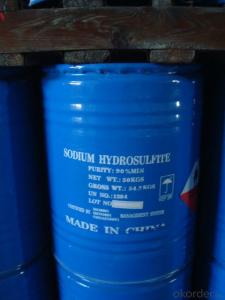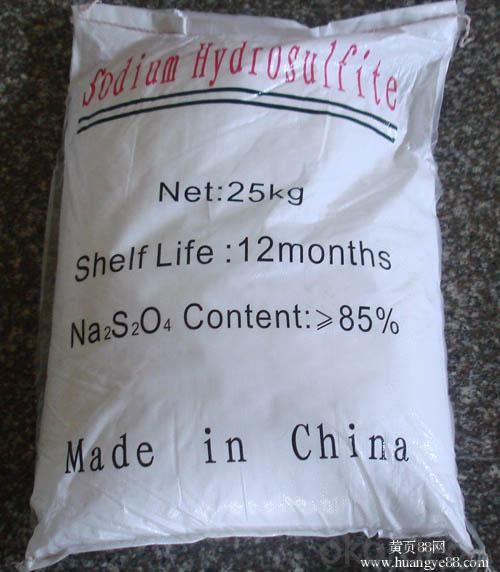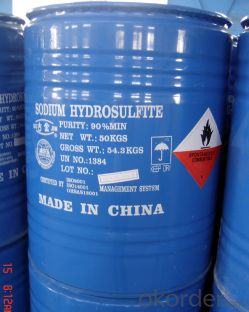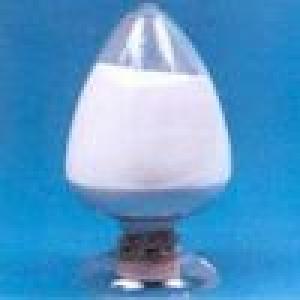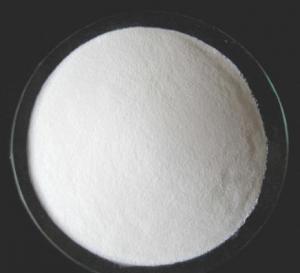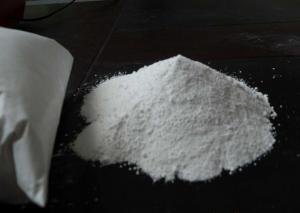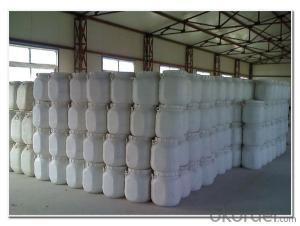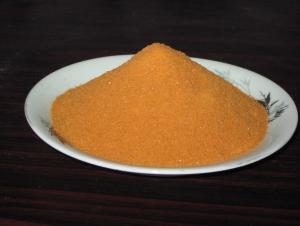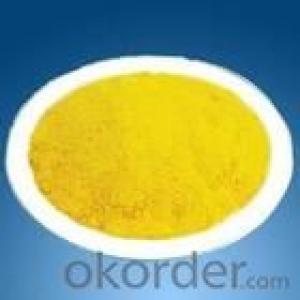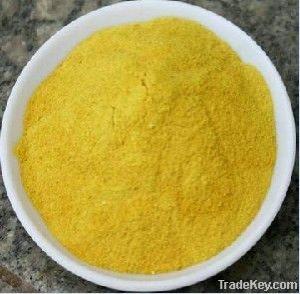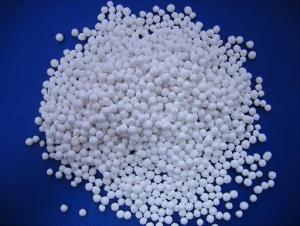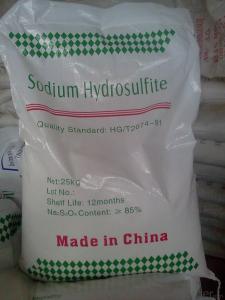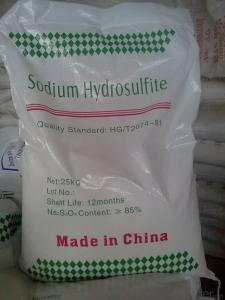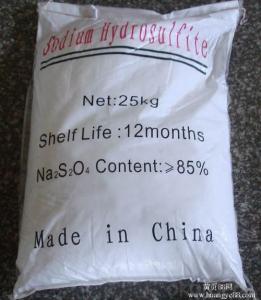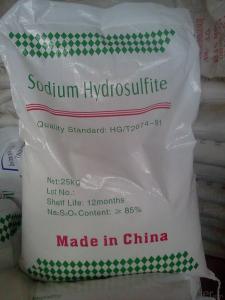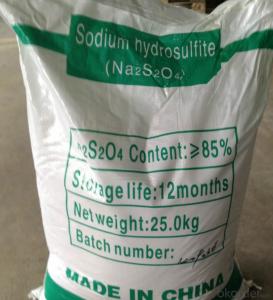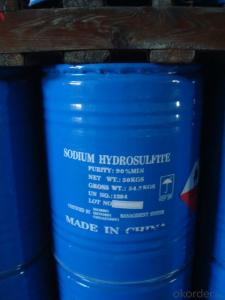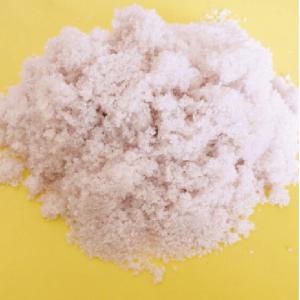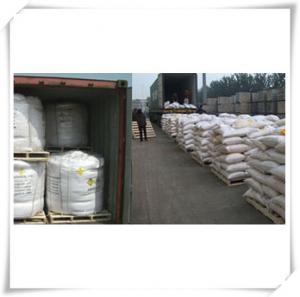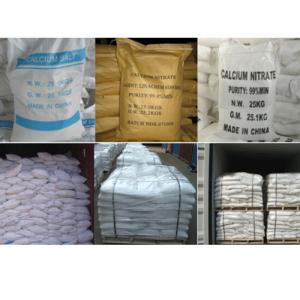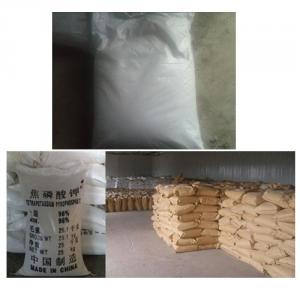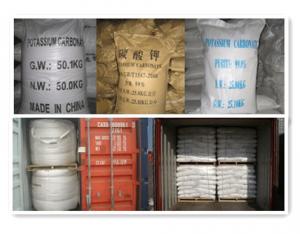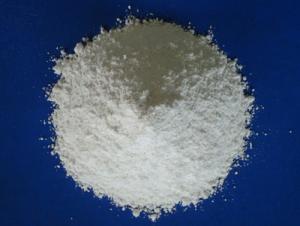Sodium Hydrosulphite with High Quality and Competitive Offer
- Loading Port:
- Qingdao
- Payment Terms:
- TT or LC
- Min Order Qty:
- 22 m.t.
- Supply Capability:
- 3000 m.t./month
OKorder Service Pledge
OKorder Financial Service
You Might Also Like
1.Structure of Sodium Hydrosulfite Description:
Commodity name: Sodium Hydrosulfite Na2S2O4 Sodium Hydrosulfite Sodium Dithionite Price
Molecular formula:Na2S2O4
Molecular weight:174
CAS Number 7775-14-6
H.S code 28311010
UN number 1384
Class 4.2
2.Main Features of Sodium Hydrosulfite:
1,Widely used in printing and dyeing industry,such as cotton fabrics dyeing auxiliary, silk fabric bleaching.
2,Used as bleaching agent in paper industry
3,Used as bleaching agent,antiseptic agent and antioxidant agent in food industry
4,Used as bleaching agent for soap,oil esters,pulp in light industry
5,Used for producing rongalite,sodium thiosulfate,thiourea,sulfur,benzoic acid,six O(medical),synthetic dyes,also
used copperplate printing,analytical reagent in the chemical industry,etc
6,Used as reducing agent in printing and dyeing industry
3.Sodium Hydrosulfite Images
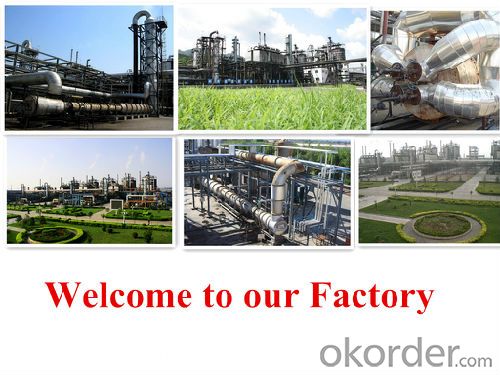

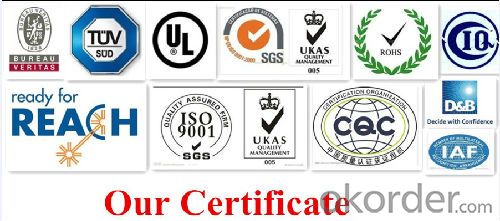
4.Sodium Hydrosulfite Specification
Standard:HG2932-1999
Index | Technical Grade HG/T 2074-2011 | Food Additive GB 22215-2008 | ||
Na2S2O4, | ≥ 90% | ≥ 88% | ≥ 85% | ≥ 88% |
Iron (Fe), | ≤20ppm | ≤ 20ppm | ≤ 20ppm | ≤ 20ppm |
Zinc (Zn), | ≤ 1ppm | ≤ 1ppm | ≤ 1ppm | ≤ 1ppm |
solution appearance | clear | clear | clear | clear |
EDTA, | / | / | / | qualified |
Arsenic(As), | / | / | / | ≤ 1ppm |
Other heavy metal( As Pb), | ≤ 1ppm | ≤ 1ppm | ≤ 1ppm | ≤ 1ppm |
Formate (As HCHO), | / | / | / | ≤ 0.05% |
water insolubles, | ≤ 0.05% | ≤ 0.05% | ≤ 0.05% | / |
Cadmium (Cd) | / | / | / | ≤ 2ppm |
Plumbum (Pb) | / | / | / | ≤ 5ppm |
5.FAQ
1, how about your packing?
My main packing is 25kg or 1000kg PP PE or kraft bag , with or withour pallets,with or without anticaking. We also can make packing and shipping mark are your ask, such as 50kg/50bl bag.
2, how long time you can make the shipping?
We can make the shipping within 5-10day after confirm the order.
3, why you buy from me?
We have stable quolity and price, not best quolity and price. It is not true for best quolity and best price. Our factory is manufacture according the BP USP and FCCIV terms. We have in this line for more than 8 years. We are one of the biggest exporter from Qingdao port.
- Q: Are there any differences between minerals and inorganic salts?
- For example, iodine in kelp, calcium lactate in sour milk, etc. These minerals are not inorganic salts.
- Q: What is the time when the maximum number of inorganic salts is needed
- Nitrogen is the basis of many important organic compounds in the body, such as protein, nucleic acid, chlorophyll, enzymes, vitamins, alkaloids and some hormones, etc. Nitrogen is also the basis of genetic material. In all organisms, the protein is most important, it is Often at the center of metabolic activity, which is the primary factor limiting plant growth and yield, and has a significant effect on improving product quality.
- Q: Why inorganic salt waterproof coating does not apply to roof waterproofing
- Inorganic salts are generally in the form of waterproof agent, generally mixed with cement quality of 3-5 percent, but now the roof is waterproof waterproof polyurethane materials are generally used, this is a new type of waterproof coating, Paint manufacturers, you can first check online!
- Q: Which solvents have some solubility in inorganic salts
- A wide variety of dyes, dissolved complex. The original dyes are organic, but some salt, some metal complexes, some of the larger molecules of the fused ring compounds, some polymer heterocyclic compounds, in some common organic solvents in the solubility is better than disperse dyes Raw dyes and oil-soluble dyes (this is actually the raw material of solvent pigments, strictly speaking, not dyes). There are basically additives in the finished dyes, such as direct dyes, acid dyes, reactive dyes, cationic dyes and other water-soluble dyes will be added inorganic salts, disperse dyes, reducing dyes will be added sulfonate sodium dispersant. In addition, the dye and other chemical products, their purity requirements are generally very low, will allow the presence of certain insoluble impurities. So the organic solvent can not be completely dissolved dye products really is very common or even a normal phenomenon.
- Q: What is the inorganic salt, is not the organic salt and is not the inorganic salt
- There is no concept of organic salt inorganic salt inorganic salts in the class of chanting
- Q: Is bromine an inorganic salt?
- It has many uses such as: · fumigants · flameproofing agents · water purification compounds · dyes · medicines · inorganic bromine (AgBr) is used in photography film · pesticides · water purification · used to make plastics flame retardant · In gold extraction...!!
- Q: I am an AP biology student testing how magnesium effects the rate of photosynthesis in a plant. However since my class period is only one hour long I highly doubt if i add epsom salt to the soil ( after mixing it with water) i will see an immediate increase in the rate of photosynthesis. So i need to know how long should i wait to test photosynthesis rates after adding an epsom salt solution to the soil of a plant. Or how long does it take for magnesium to be incorporated into a plants rate of photosynthesis. Thanks in Advance!
- Magnesium sulfate (or magnesium sulphate) is an inorganic salt (chemical compound) containing magnesium, sulfur and oxygen, with the formula MgSO4. It is often encountered as the heptahydrate sulfate mineral epsomite (MgSO4·7H2O), commonly called Epsom salt, Magnesium is part of the chlorophyll in all green plants and essential for photosynthesis. It also helps activate many plant enzymes needed for growth. Rate of photosynthesis does not depend upon any single factor . so it is futile to expect it should increase after addition of epsom salt to soil in solution form . Because first it should be incorporated in chlorophyll molecule . That depends upon formation of new leaves . Old leaves already have it ( formula of chlrophyll a = C55 H72 O5 N4 mg ) That is the requirement is just one atom per molecule . what to do with excess ? Unless the soil is deficient in Mg . It it useless to add it . soil pH is another factor to be considered = Soil pH (a measure of the acidity or alkalinity of the soil) Soil pH is one of the most important soil properties that affects the availability of nutrients. Macronutrients tend to be less available in soils with low pH. Micronutrients tend to be less available in soils with high pH. www.ncagr /cyber/kidswrld/plan...
- Q: What is the use of inorganic salts and organic salts?
- The organics are compounds containing carbon, and the inorganic salts are salts containing no carbon. For example, we usually eat sugar is organic matter, salt is inorganic salt.
- Q: Please help me!
- For the best answers, Organic chemistry, branch of chemistry dealing with the compounds of carbon. While it is only the fourteenth most common element on earth, carbon forms by far the greatest number of different compounds. Organic chemistry is of vital importance to the petrochemical, pharmaceutical, and textile industries, where a prime concern is the synthesis of new organic molecules and polymers. Compounds containing only hydrogen and carbon, of which there are many thousands, are called hydrocarbons; the simplest is methane (CH4). In general, a particular type of organic compound, such as an alcohol, aldehyde, ether, or ketone, is identified by the presence of a characteristic functional group of atoms. The functional group is the part of the molecule most responsible for its particular chemical nature. Organic compounds containing nitrogen are of great importance in biochemistry. They generally contain the amine group (NH2). Molecules containing both the NH2 and COOH groups are called amino acids and are the building blocks of proteins AND Sodium azide is the inorganic compound with the formula NaN3. This colourless azide salt is the gas-forming component in many car airbag systems. It is used for the preparation of other azide compounds. It is an ionic substance and is highly soluble in water. It is extremely toxic. Hydrazine is an organic compound without carbon. Carbon di oxide is a inorganic compound with carbon
- Q: is table salt organic or inorganic, why?
- Inorganic - NaCl - no complex carbon compounds.
Send your message to us
Sodium Hydrosulphite with High Quality and Competitive Offer
- Loading Port:
- Qingdao
- Payment Terms:
- TT or LC
- Min Order Qty:
- 22 m.t.
- Supply Capability:
- 3000 m.t./month
OKorder Service Pledge
OKorder Financial Service
Similar products
Hot products
Hot Searches
